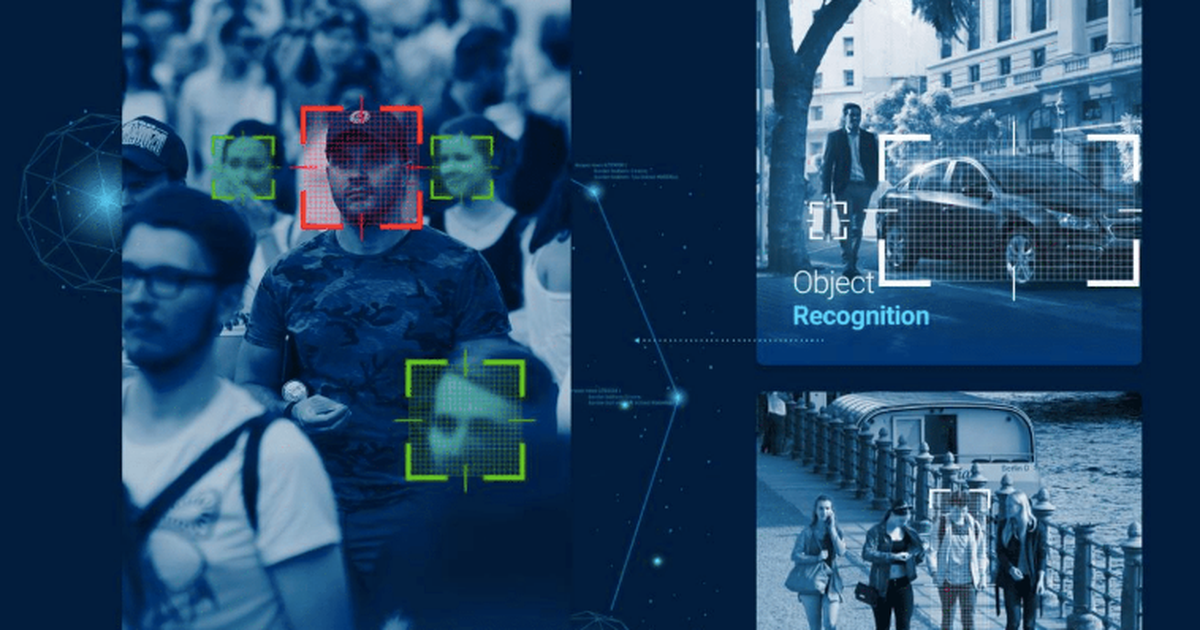
Computer Vision is transforming Security Surveillance
Security Cameras without Intelligence
Surveillance is an essential aspect of security and patrol operations. For the most part, the work means spending long stretches of time on the lookout for something bad to happen. It is important that we do so, but it is also a tedious job.
It’s not always possible for a human to put an eye always on the camera recordings, to act exactly when something happens. So why not make the cameras intelligent to detect any unusual actions happening, to provide alerts and trigger alarms. This is why Computer Vision should be used.
Computer Vision is Redefining Surveillance
Computer Vision is a part of Artificial Intelligence. Simply put, computer vision allows computers to see, identify, and process images or videos.
Computer vision is giving surveillance cameras digital brains to match their eyes, letting them analyze live video with no humans necessary. This could be good news for public safety, helping police and first responders more easily spot crimes and accidents and have a range of scientific and industrial applications. But it also raises serious questions about the future of privacy and poses novel risks to social justice.
The main objective is to improve the visualization and the decision-making process of human operators or existing video surveillance solutions by integrating real-time video data analysis algorithms to understand the content of the filmed scene and to extract the relevant information from it.
It can recognize and transform a great number of faces with enhanced efficiency, the technology is primarily focused on automating and emulating the cognitive processes of the human vision systems. After getting clues and info from videos and images, the computer vision systems implement various methods of machine learning in order to train computers for transforming and evaluating patterns over multiple faces.
Application of Computer vision for Security
Monitoring
Companies are working on emerging technologies for detecting, recognizing, counting and tracking objects of interest within video data. The approaches developed are capable of responding to specific tasks in terms of continuous monitoring and surveillance in many different application frameworks: improved management of logistics in storage warehouses, counting of people during event gatherings, monitoring of subway stations, coastal areas, etc.
Event recognition
The computer vision department implements recent approaches to model and analyze the semantic content of a filmed scene. On the basis of a learning phase, these approaches are able to identify the recurring activities within the video content and to recognize the abnormal events in a particular context such as, for example, an incident at a road intersection diverging from usual, code-compliant, traffic flows.
Smart Cities Applications
By integrating ICT and IoT technologies into the urban development of cities, Multitel seeks to optimize the management of the city’s resources in order to increase the quality and performance of services towards citizens. In particular, one of the objectives pursued consists in improving mobility through quantitative, objective and automated management of resource use (car parks, roads, public squares, etc.) based on the analysis of CCTV data.
Conclusion
The demand for computer vision and its application is growing rapidly and as the technology becomes more economical, there must be continuous growth in the use of Computer Vision either in image recognition, transportation, manufacturing, or gaming. With the implementation of deep learning neural networks, the dream of smart cities could plausibly become a reality, but the huge innovation is well afoot.
TagX Annotation Services
TagX offers to get the high-quality training data sets for AI cameras in security surveillance systems. Mainly using the bounding box image annotation to detect the various objects and recognize the suspicious actions, TagX can produce a huge quantity of training data sets for AI in security cameras and video surveillance in the cities, towns and societies for safe living.


